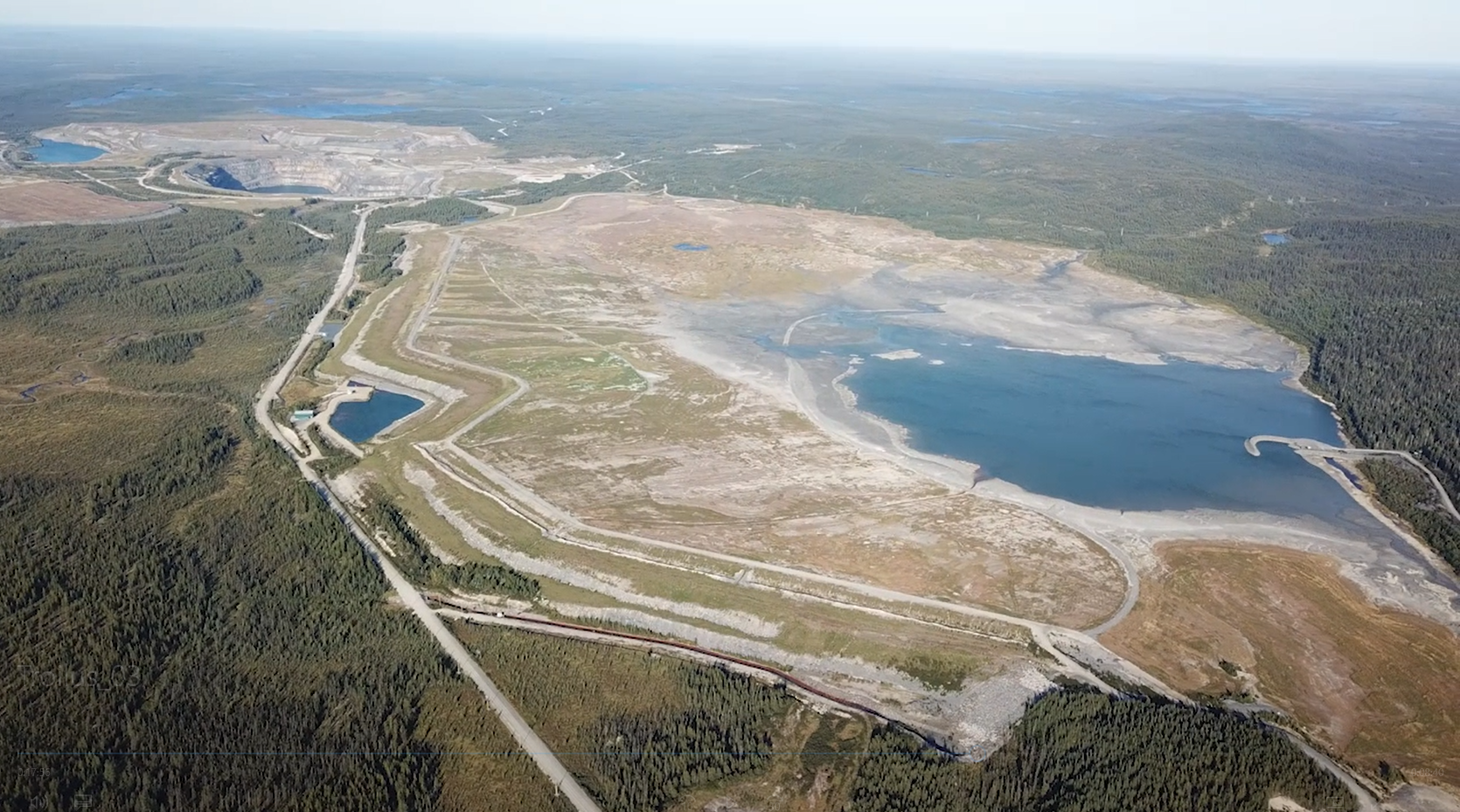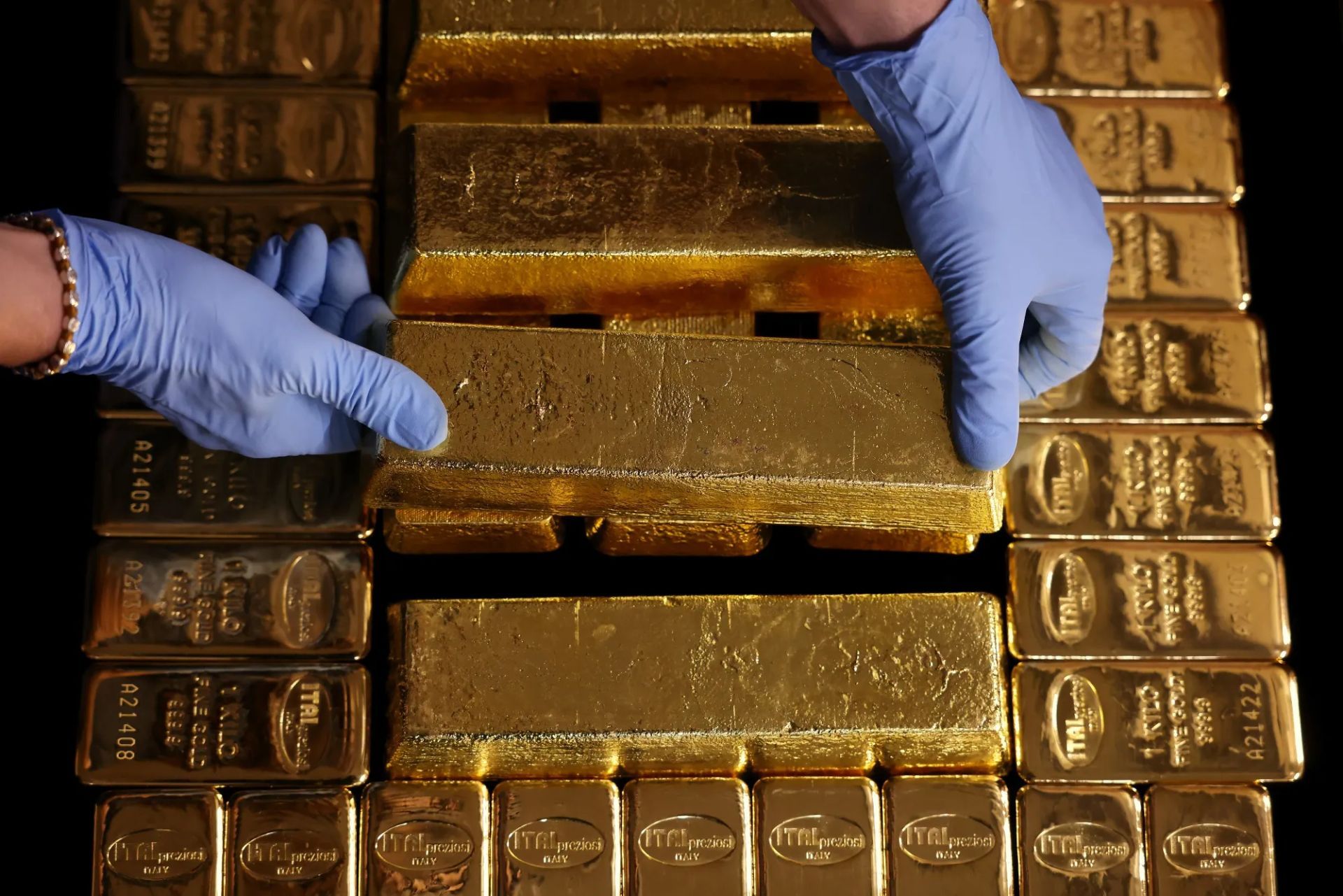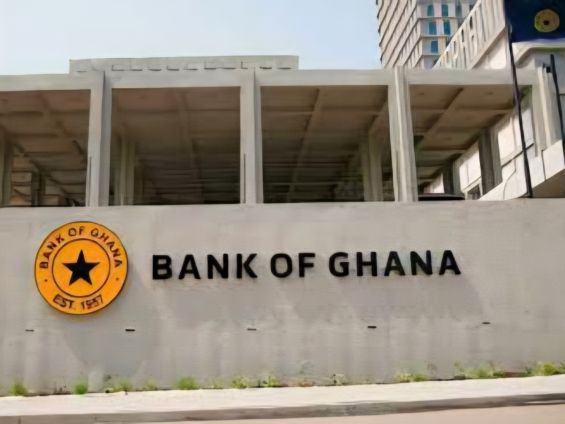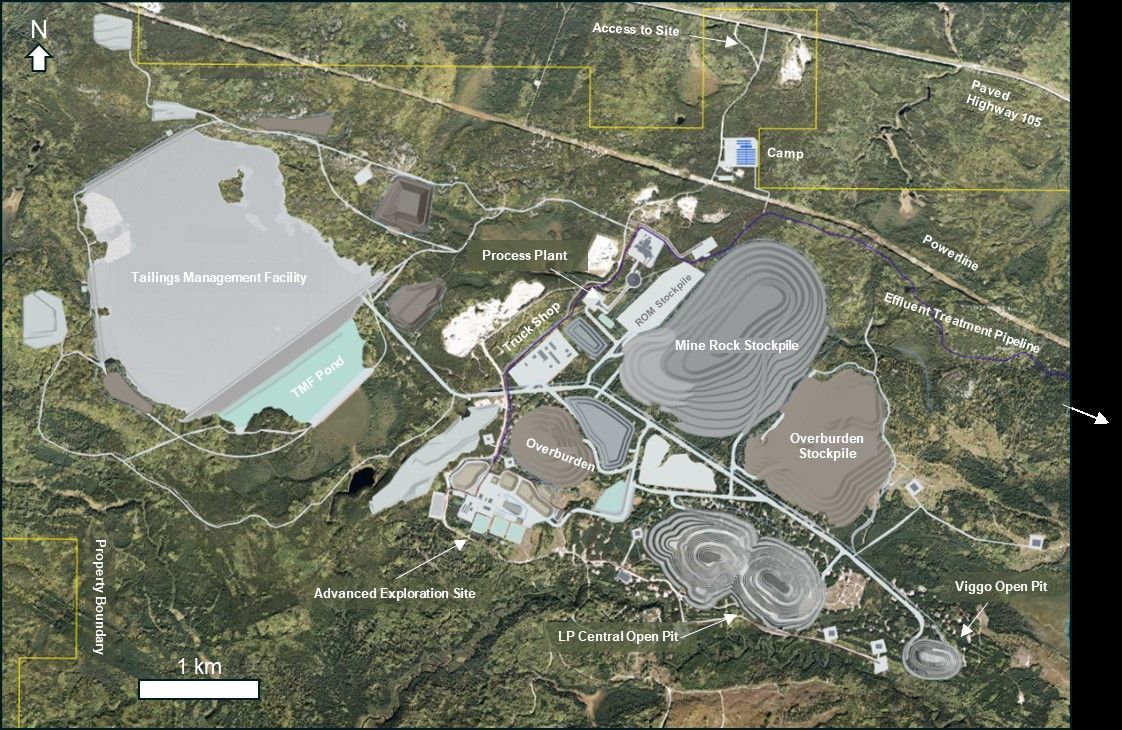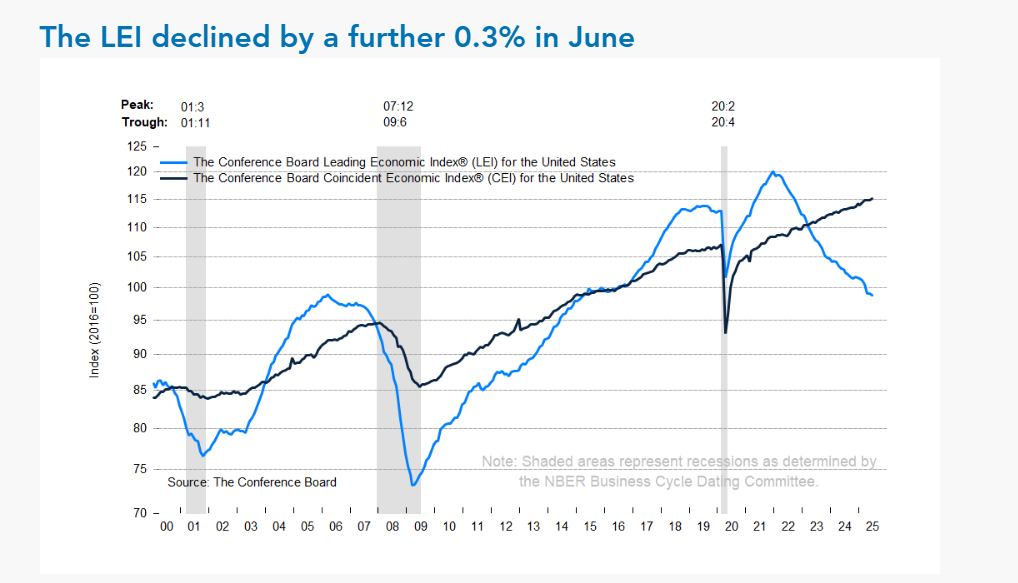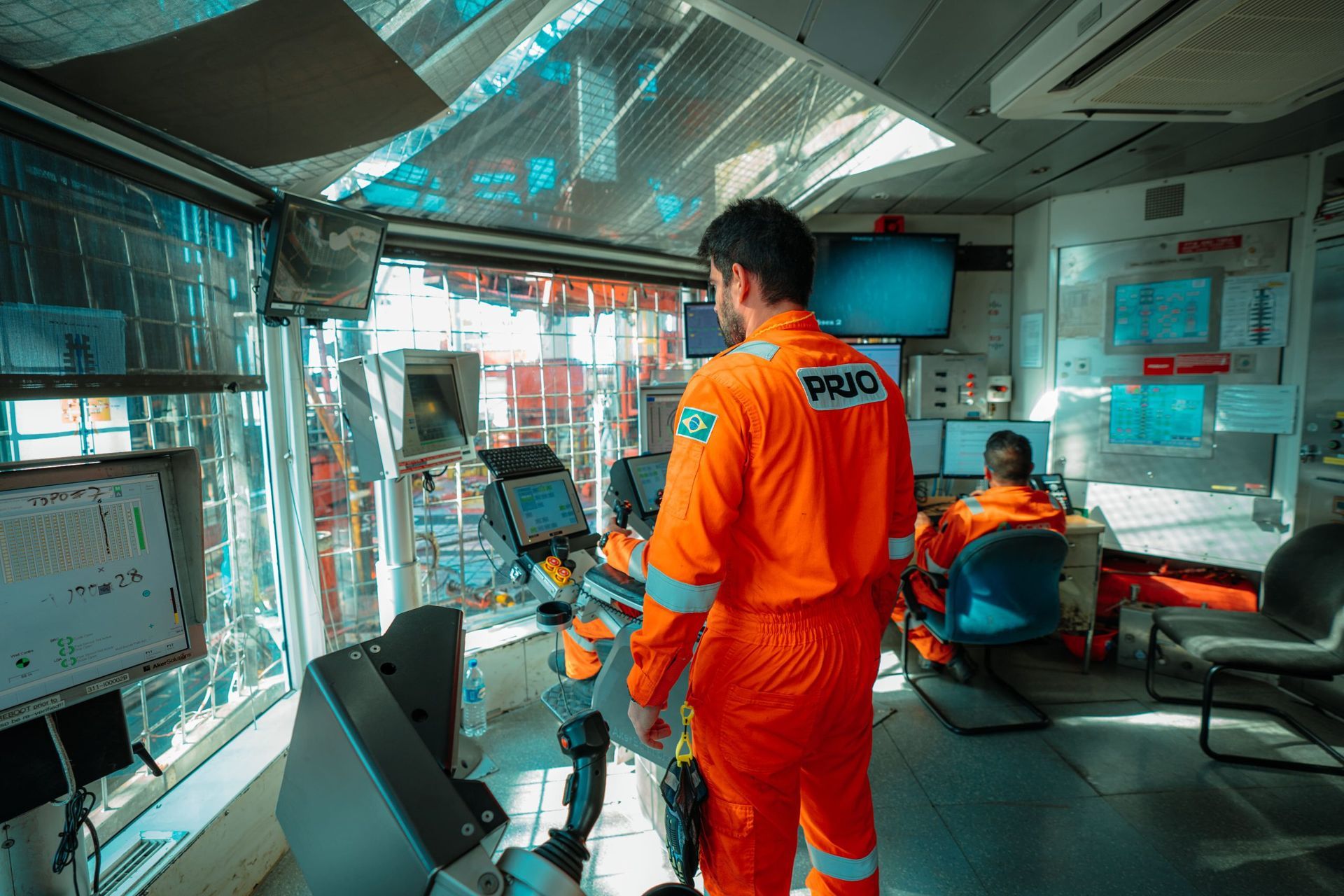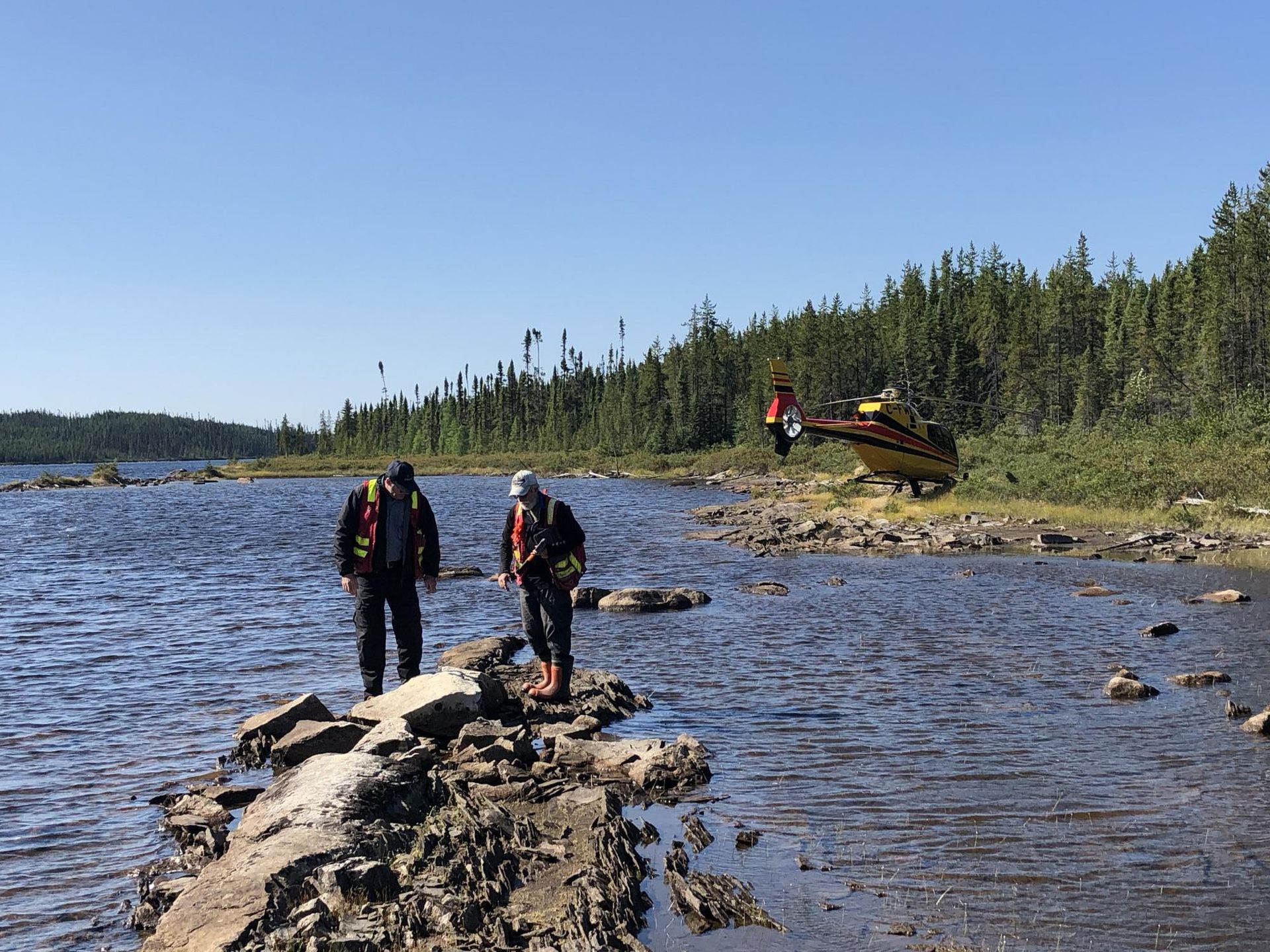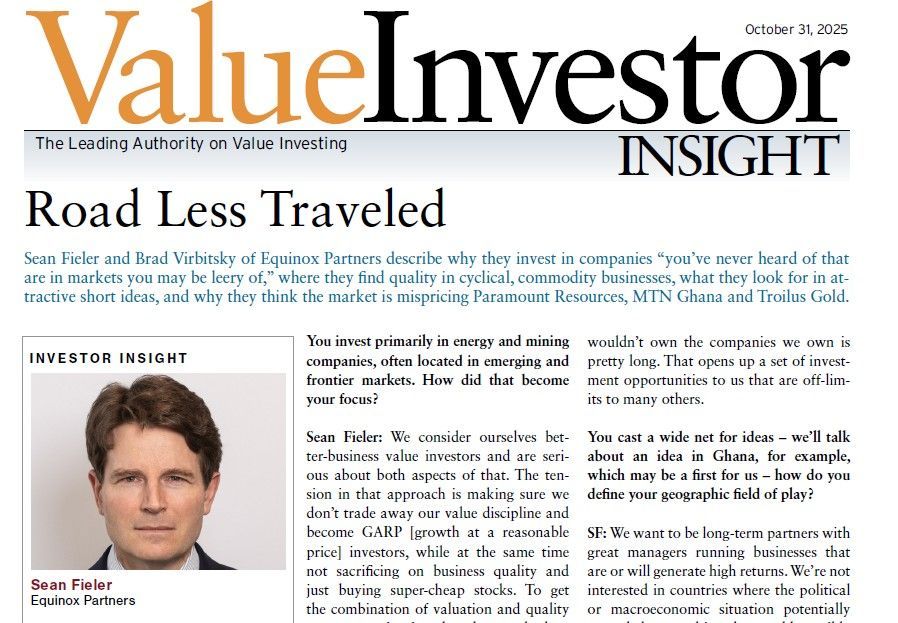Kuroto Fund, L.P. - Q1 2017 Letter
Dear Partners and Friends,
PERFORMANCE & PORTFOLIO
In the first quarter, Kuroto was up +7.3% compared to +11.4% for the EM index. For the year to date through April 26, we estimate Kuroto appreciated +9.5% while the index gained +14.5%.[1]
At the end of the quarter, the fund remained invested in 26 companies; it exited two positions and bought shares in two new companies. We sold a position in an Indonesian conglomerate and a Brazilian industrial. We purchased investments in a Sri Lankan consumer company and a Peruvian industrial.
ferreycorp
We seek to own superior businesses trading significantly below their intrinsic value. The undervaluation we seek stems from the market’s misperception or underappreciation, not from problems with the business in question. We do not intentionally buy companies that need to be fixed and, as a result, we are rarely involved in corporate restructurings.
That said, we are long-term shareholders who take our responsibility as stewards seriously. As such, we are well positioned to participate in the governance of the companies in which we are invested. Several years ago, MAG Silver presented an excellent opportunity to work with the company’s chairman in order to bring in new directors to better align the corporate strategy with the creation of long-term shareholder value. A similar situation recently presented itself at Ferreycorp, a Peruvian company which we have owned for several years.
We first invested in Ferreycorp in early 2014 and added to our position as the stock declined in 2015. At its lows, the company traded at a significant discount to book value, offering us the opportunity to meaningfully increase our ownership of the dominant purveyor of construction and mining equipment in Peru at far less than liquidation value. That Ferreycorp’s book value consists mostly of spare parts and new Caterpillar equipment—that can be sold on a global market at a global price—gave us the confidence to be aggressive. More importantly, Ferreycorp’s dominant position and strong service business have historically generated a mid-teens full cycle return on equity.
Ferreycorp’s concentration in Peru, which accounts for more than 90% of its revenues, is another positive factor. While the backdrop of Peru is far from perfect, it is nonetheless the best in Latin America. The economy is underleveraged, the external accounts are in balance, the demographics are good, and the country is growing at 4% in real terms. Moreover, capital spending in the Peruvian mining industry—which accounts for roughly half of Ferreycorp’s revenue—appears to have bottomed. And if Peru’s new president, Pedro Pablo Kuczynski, can move beyond the recent Odebrecht scandal, his plans for increased infrastructure spending will boost demand for heavy equipment.
Peru, like much of the emerging world, is not an obvious venue for the active involvement of minority shareholders. As in much of the emerging world, the large companies in Peru are each controlled by a single family or entity. And, while many of the more prominent Peruvian companies have a qualified board, the families still have control. Accordingly, there has been little incentive for minority shareholders to work together to effect changes at the board level. Ferreycorp, however, is the exception to this rule in Peru.
Founded in 1922, Ferreycorp began as a partnership amongst several families with the Ferreyros family, the company’s namesake, taking the lead. Over the past ninety-five years, the holdings of the founding families eroded to the point that while a family representative, Carlos Ferreyros Aspíllaga, remains on the board, the founding families have not been in a position of control for many years. Rather, over the past several decades, effective control was held by a very talented executive, Oscar Espinosa, who oversaw the company’s dramatic growth since the 1980s.
As Oscar oversaw the business’s impressive growth, Ferreycorp largely emulated the local governance standards. For many years, good governance in Peru consisted of bringing in credible outside voices without giving up control. In the case of Ferreycorp, this process benefited from Oscar’s astute judgment as well as the company’s close relationship with Caterpillar. The end result was a very well run, very dominant Caterpillar dealer that produces good, but not great, financial returns.
With this corporate history and the cumulative voting laws in Peru, we believed that the company would benefit from a reinvigorated board. Given historic voter turnout of about 70% at Ferreycorp’s recent annual meetings, we calculated that a shareholder with 7% ownership would be able to elect one of the ten directors. This put us in a strong position to discuss meaningful changes with management. Last summer, we met with Oscar, now Ferreycorp’s Chairman, and Mariela Garcia, the CEO, in order to discuss possible improvements.
The end result of our effort and the effort of other shareholders is four new board members—whose term runs three years—and a reduction in the number of board members to nine from ten. We are pleased that the ultimate slate of directors was proposed by management at the board meeting and agreed to by all of the major shareholders. In particular, we are thankful for the heightened focus on governance concerns by Peruvian pension funds in the wake of the Odebrecht scandal. This context, in combination with long-term owners and a chairman able to rise to the challenge, led to an alignment of interests that produced a much-improved board.
Going forward, we believe that the restructured board will oversee a meaningful refinement of Ferreycorp’s strategy. Ferreycorp has generated an average ROE of ~14% in recent years, but with such a dominant market position the company should be on par with the best Caterpillar dealerships globally at a 20% ROE. We are confident that Ferreycorp’s strengthened board is well positioned to take prudent steps in this direction.
While Ferreycorp’s stock appreciated on the news of the board changes, the company is still trading at just a slight premium to stated book value and less than 9x estimated 2017 mid-cycle earnings—a bargain price for a superior business in a growing market. If the board is able to substantially improve the company’s returns—as we believe they will—both the earnings and the multiple the market gives to those earnings should improve. Of course, the rate of the company’s progress will in part depend on the macroeconomic backdrop of Peru. On this front, the headwinds of recent years are beginning to abate and growing infrastructure spending should soon provide a durable tailwind.
For your review, we have listed the full board. As is obvious from these biographies, the company’s directors are more than qualified to help Oscar and Mariela build on the remarkable success they have already enjoyed.
New Members
Mr. Humberto Nadal del Carpio, age 54, is the General Manager and a board member of Cementos Pacasmayo. He is also General Manager of ASPI Fosfatos del Pacífico S.A. and Salmueras Sudamericanas S.A. He has an economy degree from Universidad del Pacífico and a master's degree from Georgetown University
Mr. Jorge Ganoza Durant, age 48, is the CEO and a board member of Fortuna Silver Mines Inc. He graduated from the New Mexico Institute of Mining and Technology
Mr. Gustavo Noriega Bentín, age 44, has held several senior management positions in companies belonging to the SABMILLER group in the areas of logistics and supply, financial planning, and information systems. He graduated from Universidad del Pacífico in business administration.
Mr. Javier Otero Nosiglia, age 65, is a partner in the consultancy firm Málaga Webb & Asociados. He has served in various managerial positions at Banco de Crédito del Perú and holds a bachelor's degree in economics and administration from the University of Málaga, Spain.
Returning Members
Óscar Espinosa Bedoya, age 79, has been Executive Chairman of Ferreycorp since 2008. Oscar was formerly Managing Director and a Board member since 1983. He is a civil engineer from the National University of Engineering.
Mr. Carlos Ferreyros Aspíllaga, age 82, has been member of the board of directors of Ferreycorp S.A.A. since 1971 and Deputy Chairman since 2008. He is member of the Board of La Positiva Seguros y Reaseguros and is a graduate of Princeton.
Mr. Manuel Bustamante Olivares, age 81, has been a member of the board of directors Ferreycorp S.A.A. since 2011. He is Chairman of the Investment Committee of La Positiva Insurance. Mr. Manuel Bustamante has a law degree from the Pontifical Catholic University of Peru.
Mr. Juan Manuel Peña Roca, age 80, has been a member of the board of directors of Ferreycorp since 1984. He is currently Chairman of La Positiva Insurance and Reinsurance and of La Positiva Life. He holds a degree in Civil Engineering from the National Engineering University (Peru).
Mr. Andreas Von Wedemeyer Knigge, age 64, has been a member of the board of directors of Ferreycorp S.A.A. since 2003. He is Chairman and CEO of Corporación Cervesur. He is Board member of La Positiva Life Insurance and Reinsurance. He has a master’s degree in business administrator from the University of Hamburg.
Sincerely,
Sean Fieler
Daniel Gittes
END NOTES
[1] Performance stated for Kuroto Fund, L.P. Class A on a net basis. An investor’s performance may differ based on timing of contributions, withdrawals, share class, and participation in new issues. Unless otherwise noted, all company-specific data derived from internal analysis, company presentations, or Bloomberg. Company valuations and exposures expressed as of 3.31.17.
